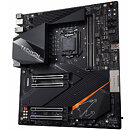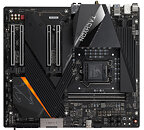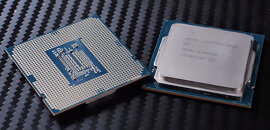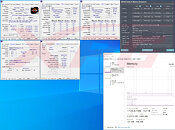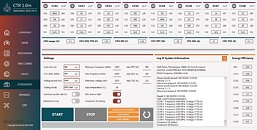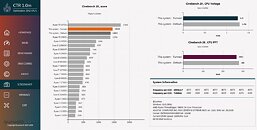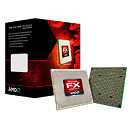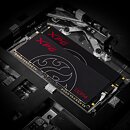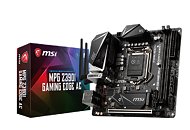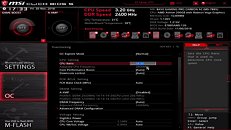
AMD Ryzen 7000 "Zen 4" Processors Have DDR5 Memory Overclocking Design-Focus
AMD's first desktop processor with DDR5 memory support, the Ryzen 7000 series "Raphael," based on the "Zen 4" microarchitecture, will come with a design focus on DDR5 memory overclocking capabilities, with the company claiming that the processors will be capable of handling DDR5 memory clock speeds "you maybe thought couldn't be possible," according to Joseph Tao who is a Memory Enabling Manager at AMD.
Tao stated: "Our first DDR5 platform for gaming is our Raphael platform and one of the awesome things about Raphael is that we are really gonna try to make a big splash with overclocking and I'll just kinda leave it there but speeds that you maybe thought couldn't be possible, may be possible with this overclocking spec." We are hearing reports of AMD innovating a new overclocking standard for DDR5 memory, which it calls RAMP (Ryzen Accelerated Memory Profile), which it is positioning as a competing standard to Intel's XMP 3.0 spec.
Tao stated: "Our first DDR5 platform for gaming is our Raphael platform and one of the awesome things about Raphael is that we are really gonna try to make a big splash with overclocking and I'll just kinda leave it there but speeds that you maybe thought couldn't be possible, may be possible with this overclocking spec." We are hearing reports of AMD innovating a new overclocking standard for DDR5 memory, which it calls RAMP (Ryzen Accelerated Memory Profile), which it is positioning as a competing standard to Intel's XMP 3.0 spec.





















